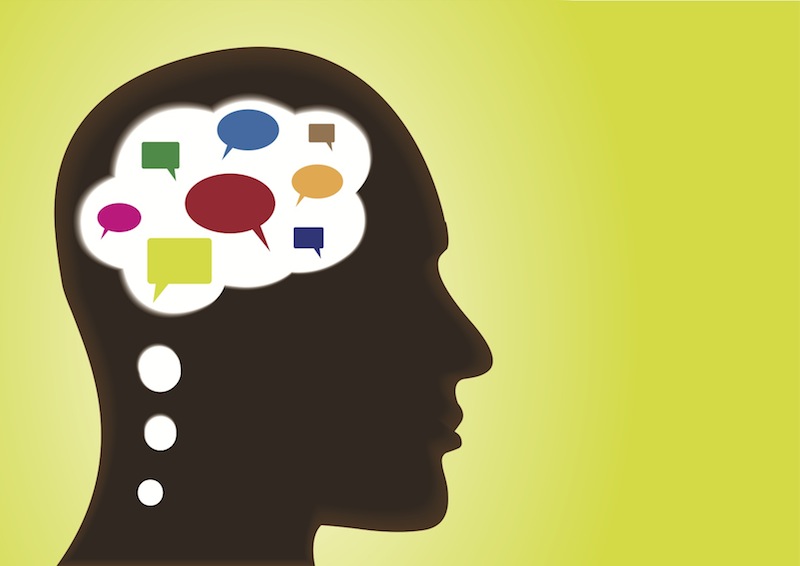Akshinth Kongara, Week 15: How Memory is Crucial to Language

Language acquisition begins early in life, with infants absorbing native language sounds and rhythms due to their memory capacities. Infants tend to absorb the sounds and rhythms of their native language, due to their remarkable memory capacities. Even newborns are predisposed to learn language and are sensitive to their caregivers' speech sounds. As children grow, memory plays a crucial role in expanding vocabulary and mastering grammar rules. Language acquisition is just like a mental library; each word, phrase, and grammatical structure adds to the growth of the storage containing linguistic knowledge.
For individuals who grow up in bilingual environments or learn a second language later in life, the relationship between memory and language becomes even more complex. Bilingualism involves the brain switching between languages, which relies heavily on memory processes. Research has proven that bilingual individuals often exhibit enhanced cognitive control and executive function, both of which are closely linked to memory. The constant juggling of multiple languages strengthens the brain's ability to ignore irrelevant information and focus on the task at hand.
When we speak or comprehend something spoken to us, a cluster of neural networks activates, controlled by the intricate interplay of memory and language processing mechanisms. Essential to this process is the left hemisphere, particularly the regions known as Broca's area and Wernicke's area. These areas come into play when language production and comprehension are needed. These regions work with other cortical and subcortical structures to understand the linguistic input and retrieve stored knowledge from memory, which ultimately leads to generating meaningful speech output. Here, memory plays a dual role, serving both as a repository of linguistic knowledge and as a tool for comprehension. As we listen to spoken words or construct sentences, our brains draw upon past experiences and stored information to make sense of the incoming language input, highlighting the inseparable link between memory and language in the cognitive architecture of the brain.


Hi Akshinth! I found this topic to be very interesting, especially the process by which infants and young children develop their language skills and the effect of a bilingual environment on that. While it may seem that growing up in a bilingual environment could cause children to experience delays in speech and language development, studies have shown that this is not the case. Bilingual children may say their first words later than monolingual children, but it usually still occurs within the normal age range, which is between eight to fifteen months. In fact, one study showed that 4 month old infants raised in a bilingual environment were more sensitive in discerning people talking in different languages. This was concluded by observing the children's reactions to silent talking faces speaking different languages. In addition to this, internal factors such as age, experience, and learning style as well as external factors such as motivation, instruction, and access to native speakers also play a role in language acquisition in children.
ReplyDelete